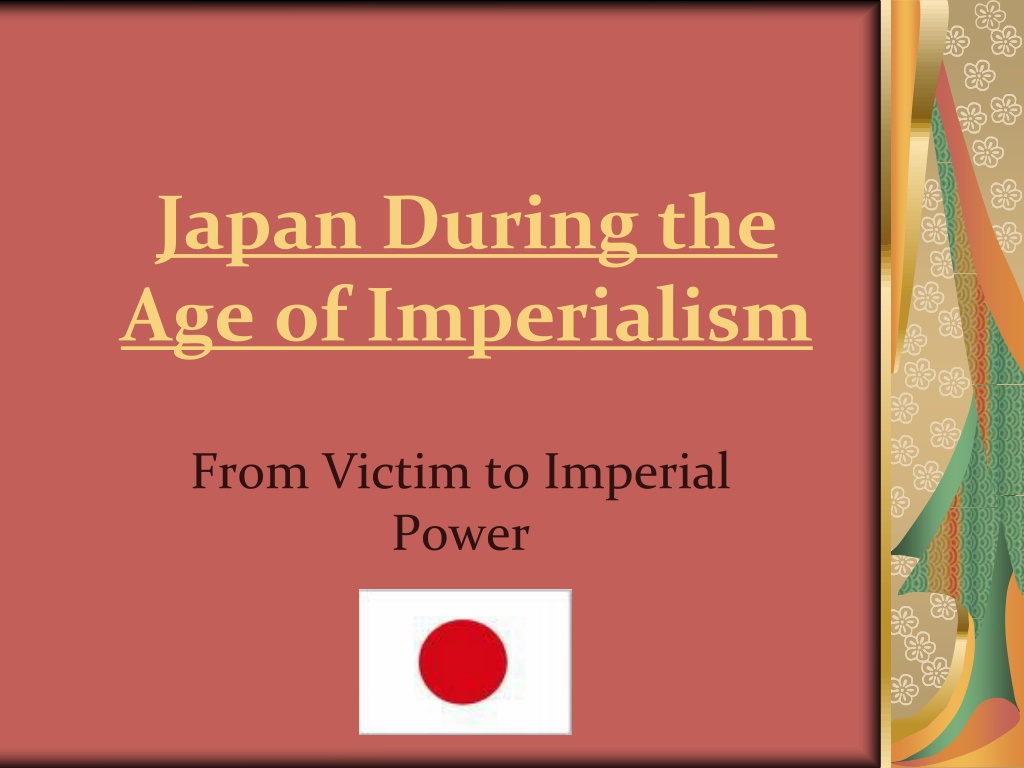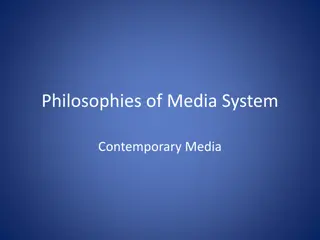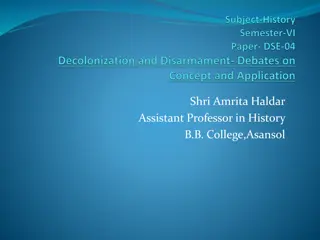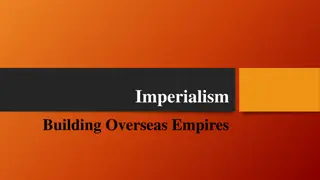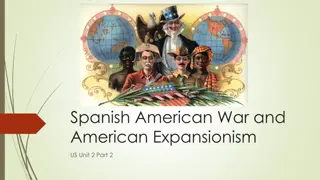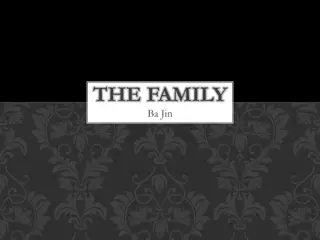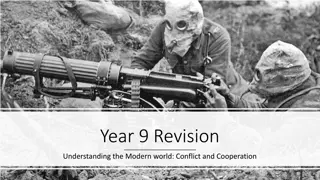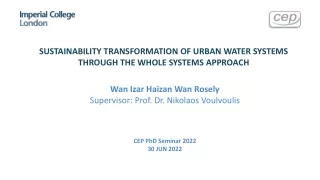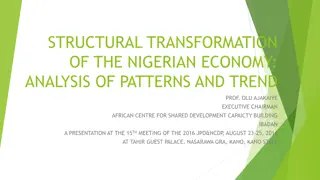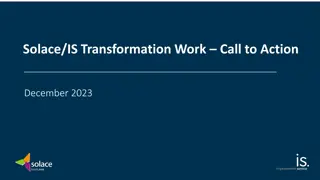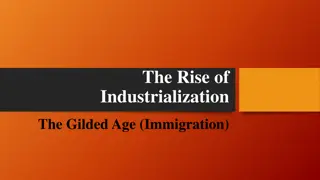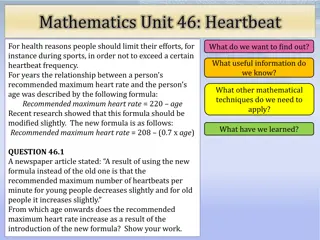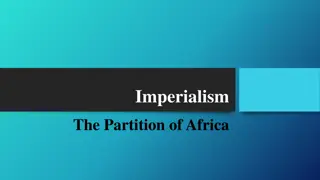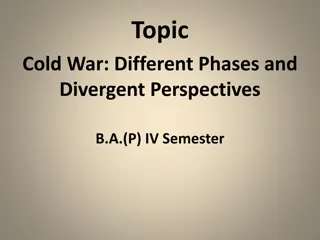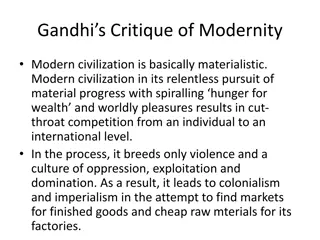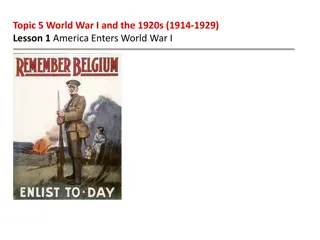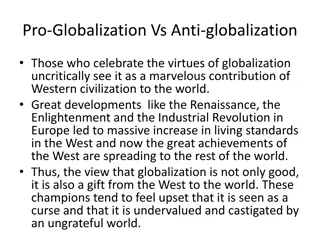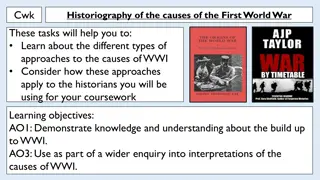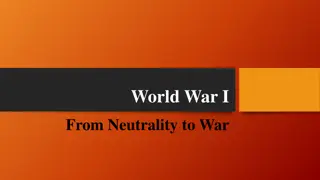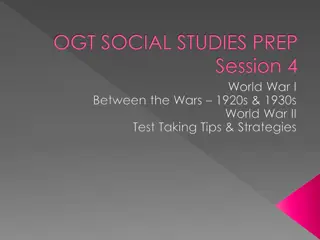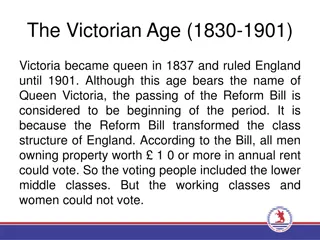Japan's Transformation During the Age of Imperialism
Japan's journey during the Age of Imperialism saw it transition from isolationism to becoming an imperial power. From strict order under the Tokugawa shoguns to the Meiji Era's rapid modernization, Japan adopted Western influences to reform and militarize. The Treaty of Kanagawa in 1854 marked the end of isolation as Japan opened its ports to foreign trade, leading to significant internal changes and international prominence.
Download Presentation

Please find below an Image/Link to download the presentation.
The content on the website is provided AS IS for your information and personal use only. It may not be sold, licensed, or shared on other websites without obtaining consent from the author. Download presentation by click this link. If you encounter any issues during the download, it is possible that the publisher has removed the file from their server.
E N D
Presentation Transcript
Japan During the Age of Imperialism From Victim to Imperial Power japan-flag
Geographic Review Japan is a mountainous archipelago- chain of islands in the pacific ocean. Located East of Korea and China
Setting the Stage In the early 1600 s, Japan shut itself off from the world (isolationism) Under the rule of the Tokugawa shoguns, Japan remained strictly ordered by following a system of feudalism (strict class distinctions and land ownership) Samurai warriors kept Japan protected and fairly peaceful for two centuries.
Demand for Trade Other than occasional contact/trade with Korea and China, Japan had little to no contact with other nations before the 1800 s. By the early 1800 s, many western nations tried to convince the Japanese to open their ports to trade. Much like ethnocentric and isolationist neighbor China, Japan often refused to receive these nations.
End to Isolation millard_fillmore In 1853, American president Millard Fillmore sent naval Commodore Mathew Perry to deliver a letter to the Japanese government This letter urged Japan to open up its ports to western trade or be destroyed in one years time.
Treaty of Kanagawa-1854 The Japanese reply came in the form of the Treaty of Kanagawa. Fearing the military and technological superiority of the United States, Japan agreed to open 2 ports for the U.S. to take on supplies. Once this door was opened, many other European nations followed to get a piece of the action.
Meiji Reform and Modernization When unpopular Tokugawa Shogun stepped down in 1867, the young Emperor Mutsuhito brought a new sense of national pride to Japan. Mutsuhito felt that the best way to counter Western influence in Japan was to quickly modernize, industrialize, and militarize. This began the Meiji Era (1867-1913) (Meiji = enlightened rule )
Little Nation, Big Power Japan modeled their navy after Great Britain, their government and army after Germany, and their educational system after the United States. In a matter of only 30 years, Japan transformed from a weak isolated nation to a powerful, industrial nation!
Quick Acrostic/Mnemonic Device M = Meiji E = Ends I = Isolation J = Japan I = Industrializes
From Nationalism to Imperialism Feeling proud of their new strength, Japan's feelings of Nationalism grew. Japan looked to compete with Europe and build their own imperial empire.
Sino-Japanese War (1894-1895) With their new and improved military, Japan looked to defeat their biggest Asian competitors: China The Sino-Japanese war was fought between Japan and China for trading rights in Korea. Lasted just a few months, Japan drove China out of Korea, destroyed the Chinese navy, and gained a foothold in Manchuria.
Russo-Japanese War (1904) War fought between Japan and Russia for control over Manchuria, a region rich in resources in North Eastern China (borders Korea). Ends in an embarrassing defeat for the much larger Russians!
Japanese Annexation of Korea After defeating Russia, Japan attacked Korea with a vengeance. In 1905 Korea became a Japanese protectorate By 1910, Japan took over, or annexed all of Korea. Japan then set out on a brutal campaign to destroy Korean culture, and take over their businesses and industries.
International Reaction Witnessing the brutal nature of Japan s conquests, European nations began to fear Japan s growing power and harsh, repressive rule over Korea. However, many of these nations failed to act due to their own imperialistic goals and actions (fear of being hypocritical)
Japan Between the World Wars Poor economic times caused by the Great Depression led people in Japan to blame their Government for a lack of action and aid. During this time, Military leaders gained support and began to run Japan behind Emperor Hirohito as figure head. Nationalism grew and so did their empire! Japan s military leaders looked to solve their economic problems through expansion and imperialism.
Japan Invades Manchuria After withdrawing from the League of Nations in 1933, Japan proceeded to Invade Northern China. Despite their superior numbers, China s army was no match for Japan s forces who were better trained. Northern cities such as Beijing and Nanjing were seized and tens of thousands of captured soldiers, woman, and children were slaughtered. These brutal acts were known as the Rape of Nanjing (1937-1938)
End to Imperialism Japan continued their harsh expansion through WWII. Following the dropping of the Atomic bombs on Hiroshima and Nagasaki in 1945, Japan finally surrendered to the U.S. (V-J Day) This marked the end of Japanese Imperialism and the start of American occupation. Japan was demilitarized according to their new constitution.
